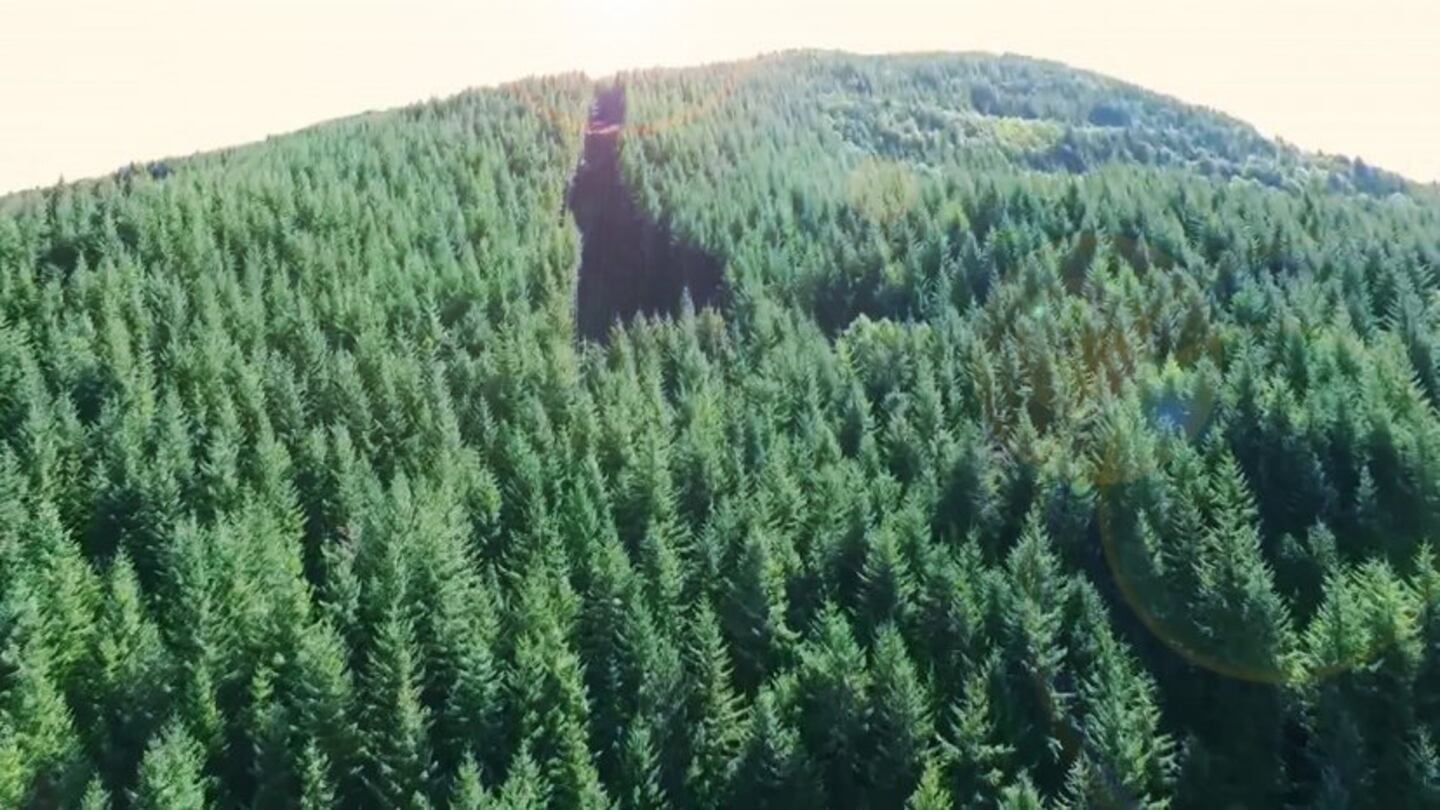The Minister for Forestry is defending a government plan to remove new exotic forests of trees like radiata pine, from the Emissions Trading Scheme (ETS), despite Māori forestry leaders arguing it could cost iwi $7 billion in future earnings.
A six-week consultation is underway to canvas Minister Stuart Nash and Climate Change Minister James Shaw’s proposal, after the pair said they were concerned about the environmental impact of planting exotics in pursuit of reducing Aotearoa’s carbon emissions.
Māori forestry leaders say the move lacks an understanding of the types of terrain and soil many iwi are dealing with, which is frequently incapable of growing natives, arguing the government moves violate the Crown's Tiriti obligations.
"Using the government's own figures, it's roughly around $7 billion lost to Māori and our landowners but, on top of that, it also loses the opportunity for rapid cannon sequestration, which contributes to addressing our climate change emergency that our prime minister told us about a couple of years ago," Te Kapunga Dewes from Ngā Pou ā Tāne, the National Māori Forestry told Waatea News this morning.
Almost 30% of Aotearoa’s ETS forestry is estimated to be on Māori land, with that share expected to grow to 40% in the coming years, as more Tiriti settlements close.
Dewes says the disproportionate effects on Māori are untenable and that the government was championing the planting of exotics under the scheme as recently as 12 months ago. Now Nash and Shaw say they are concerned exotic forestry could create environmental risks including pests, fire, and damaged habitats for native species.
Nash tells teaomaori.news nothing is settled, adding he expects "frank feedback" on the proposals and welcomes debate.
“We know Iwi-Māori have significant interests in permanent forestry and we want to ensure they are not unfairly impacted, which is why we have been particularly keen to hear from Māori landowners,” he says.
“The government is committed to working with our Treaty partners and we take that responsibility very seriously.”
Dewes says exotic forestry is frequently the only option for Māori land as native forestry requires maintenance, which often can't be achieved due to accessibility issues.
The government's discussion document concedes an increase in native forestry will require additional maintenance and management efforts particularly to ‘eliminate pests’ that feed on native trees.
Of the 1.7 million hectares of trees receiving carbon credits from the ETS, 89 per cent are exotic, while just 11 per cent are indigenous.



